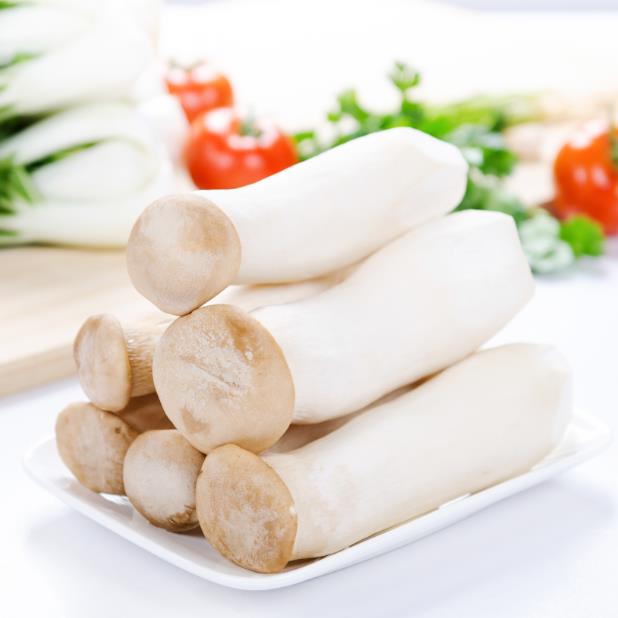Planting method for High yield of Ginseng
Ginseng is a relatively expensive and rare medicinal material, and the longer the age, the higher the medicinal and economic value of ginseng. Now the wild ginseng resources have basically dried up, and most of them are artificially planted ginseng on the market, so it is rare to see ginseng that is relatively old, and the output of artificially planted ginseng is not high, so the year is not high but it is still very expensive. Today, what the pro-agricultural network wants to share with you is about the high-yield planting methods of ginseng. Let's take a look.

1. Soil preparation and fertilization
The land suitable for planting ginseng should be sandy soil with perfect drainage system, fertile soil, rich organic matter, close to water source and high terrain. The soil for planting ginseng needs to be turned deeply at least three times, the soil should be fine, and at the same time, the soil should be disinfected and sterilized, and then evenly sprinkled with 4,000 jin of organic fertilizer per mu, and finally ridged and ditched according to the topography of the planting land. prepare the planting land according to the ridge height of 30 cm, width of 1.5 cm, ditch width of 50 cm and depth of about 30 cm. Another point is that these preparations must be ready about a month before sowing.
2. Sowing and raising seedlings
As the seeds of ginseng are relatively precious, in order to improve the emergence rate, we usually accelerate the germination of the seeds in advance. If it is a fresh seed, we can promote germination directly, but for a dry seed, we first need to put it in warm water to fully absorb water, then stir it evenly with fine wet sand, put it into a wooden box, and then put it indoors to control the temperature. first set the temperature to about 20 degrees, and then lower the temperature again and again until it sprouts, and then sow around April of the following year. There are four sowing methods: sowing, strip sowing, on-demand sowing and transplanting. The best planting density is about 150 plants per mu, with a distance of 20 cm between plants and 30 cm between rows.
3. Build scaffolding
One of the unique growth characteristics of ginseng is the demand for light. In the early stage of ginseng growth, it does not need any light, and if the light is too strong, it is likely to cause the plant to die from the sun, so we need to build a shed. There are three ways to build a shed, one is a fully closed shed that is impervious to light and rain, and the other is a semi-transparent shed that is exposed to a certain amount of light but does not penetrate the rain. In addition, there are sheds that can penetrate light and rain. We generally use the third kind of shed for management. The height of the shed is generally about 80 to 1 meters.
4. Scientific management
Ginseng is mainly for its roots to grow, so we can promote its growth through intertillage, weeding and fertilization, usually at least three or four times a year, and each time can be combined with watering and fertilization. The second is that when ginseng blossoms, we should remove some of the buds, so that we can burn nutrients in soy sauce, and be careful not to touch its roots when weeding, which will affect its growth. finally, it is necessary to carry out heat preservation treatment every winter, because ginseng is a plant that is very afraid of the cold, and it can generally be covered with a layer of straw or a thin film.
5. Disease control
One of the major factors affecting the yield of ginseng is inadequate pest control. The most common diseases and insect pests are blight, black spot, blight, anthracnose, rust and so on. The most fundamental cause of these diseases is fungal infection caused by high temperature and high humidity or low temperature and high humidity. Prevention and control methods include strengthening field management, heat dissipation, heat preservation, drainage and so on. Secondly, it can be sprayed with Likuling anti-agent, forest zinc wettable powder, Bordeaux liquid and so on.
- Prev

Soilless cultivation methods and Culture precautions of Bowl Lotus (Picture)
Bowl lotus, also known as white lotus, hibiscus, lotus, etc., is a perennial aquatic herbaceous flower of the family Nelumbo nucifera. It is not only colorful, fragrant, Ling Bo Cui cover, but also has strong adaptability. It has been a precious aquatic flower in palace garden and private garden since ancient times.
- Next

Efficient cultivation techniques of pollution-free Pleurotus eryngii
Efficient cultivation techniques of pollution-free Pleurotus eryngii
Related
- Fuxing push coffee new agricultural production and marketing class: lack of small-scale processing plants
- Jujube rice field leisure farm deep ploughing Yilan for five years to create a space for organic food and play
- Nongyu Farm-A trial of organic papaya for brave women with advanced technology
- Four points for attention in the prevention and control of diseases and insect pests of edible fungi
- How to add nutrient solution to Edible Fungi
- Is there any good way to control edible fungus mites?
- Open Inoculation Technology of Edible Fungi
- Is there any clever way to use fertilizer for edible fungus in winter?
- What agents are used to kill the pathogens of edible fungi in the mushroom shed?
- Rapid drying of Edible Fungi

